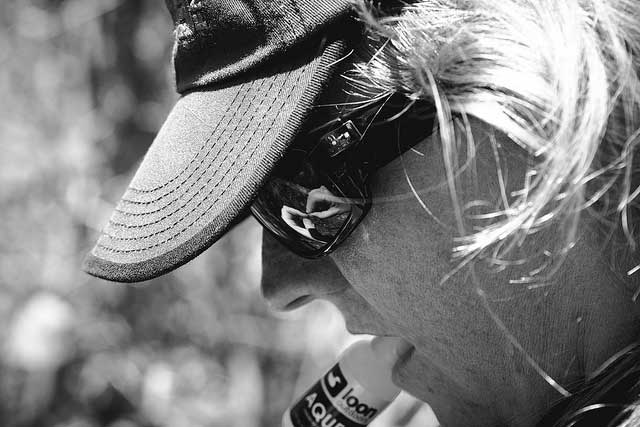Fly Fishing Jazz: You Can Make a Livin’ Off G, C and D

Matt Guymon photo
Sometimes, the simplest chords make the most beautiful music. You’d be surprised how many songs revolve around the chords of G, C and D. Some artists have made a living by perfecting that progression. Ask the Eagles. Or Neil Young. Or Bob Dylan.
Guitar-wise, the G-chord, the C-chord, and the D-chord are the fundamental building blocks. Add an E and an A to the repertoire… eventually figure out the F… and you can sit in on any campfire jam session.
Of course, from there you’ll want to branch into the minors and sevenths (and that’s where the true beauty of jazz music lives). But A7 and Em, for example, aren’t hard to play; the trick is figuring out when to play them. And it takes extra effort to create music that’s not only powerful—be that through profound lyrics, or soulful delivery—but also rooted in the simple basics. Yet it happens all the time.
The exact same theory applies to fly fishing.
The “G” chord is the grip. As with golf, more good—and bad—things start and end with how you hold a fly rod in the first place. It doesn’t matter how long you’ve fly fished, how good you are (or think you are), how many hero casts you’ve made, and how many fish you’ve caught. If you find yourself a little “off”… if you find your line kicking a bit left or right, or if you sense the leader isn’t turning over fully at the end of a crisp casting stroke, look at your hand on the grip of the fly rod. Nine times out of ten, the solution to your problem is literally within arm’s reach, and it has to do with how you are holding the rod.
The “C” chord is the cast itself. Accelerate and stop. Load the rod. Transfer the weight of the line. A great cast doesn’t have to be 80-feet long. It has to be straight and accurate. On the money. Dial in the consistently meaningful 40-footer, and you will be successful in any fly fishing situation, at least on any trout river.
The “D” chord is the drift. What happens after your fly hits that water is as important, if not more important, than anything that happens to make the fly land in the target zone in the first place. Know how to make a dead-drift. Know how to make a fake bug look exactly like the real ones in the water.
The thing is, like a musical chord progression, they all go together, in sequence. And one chord, and one element of fly fishing, is not enough to make “music” happen by itself.
I tell my would-be guitar-player friends to master G, C and D, and then noodle around, adding other chords and accents as they go.
I also tell my would-be fly-fishing guide friends that all their worries and concerns can be handled by understanding G, C and D. Sure, you can, and should, branch off and excel in other aspects by understanding the nuances beyond the basics.
But you can play professionally with three simple chords.











